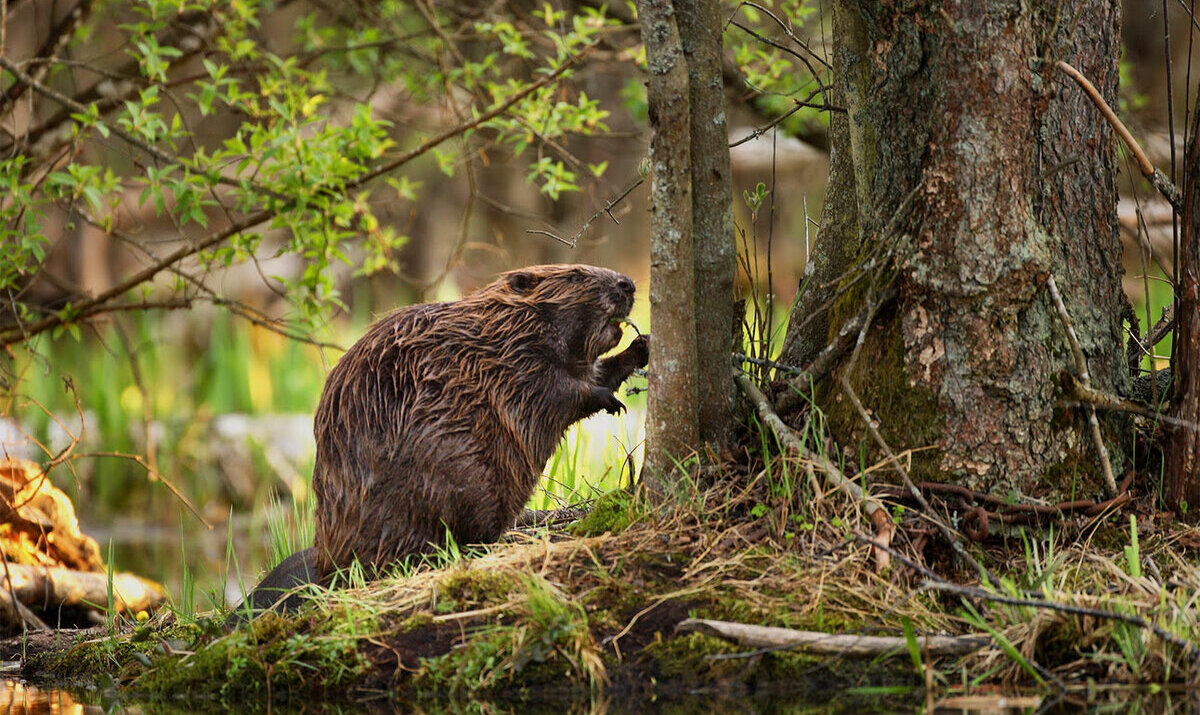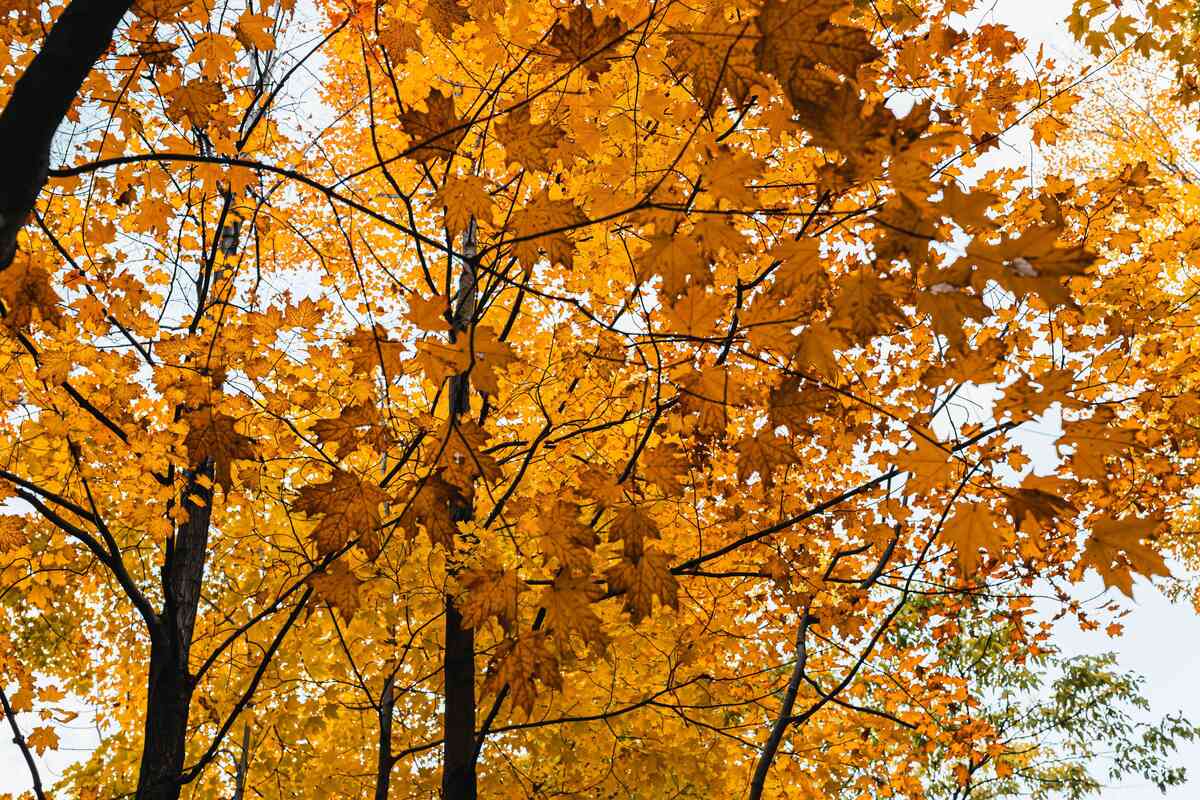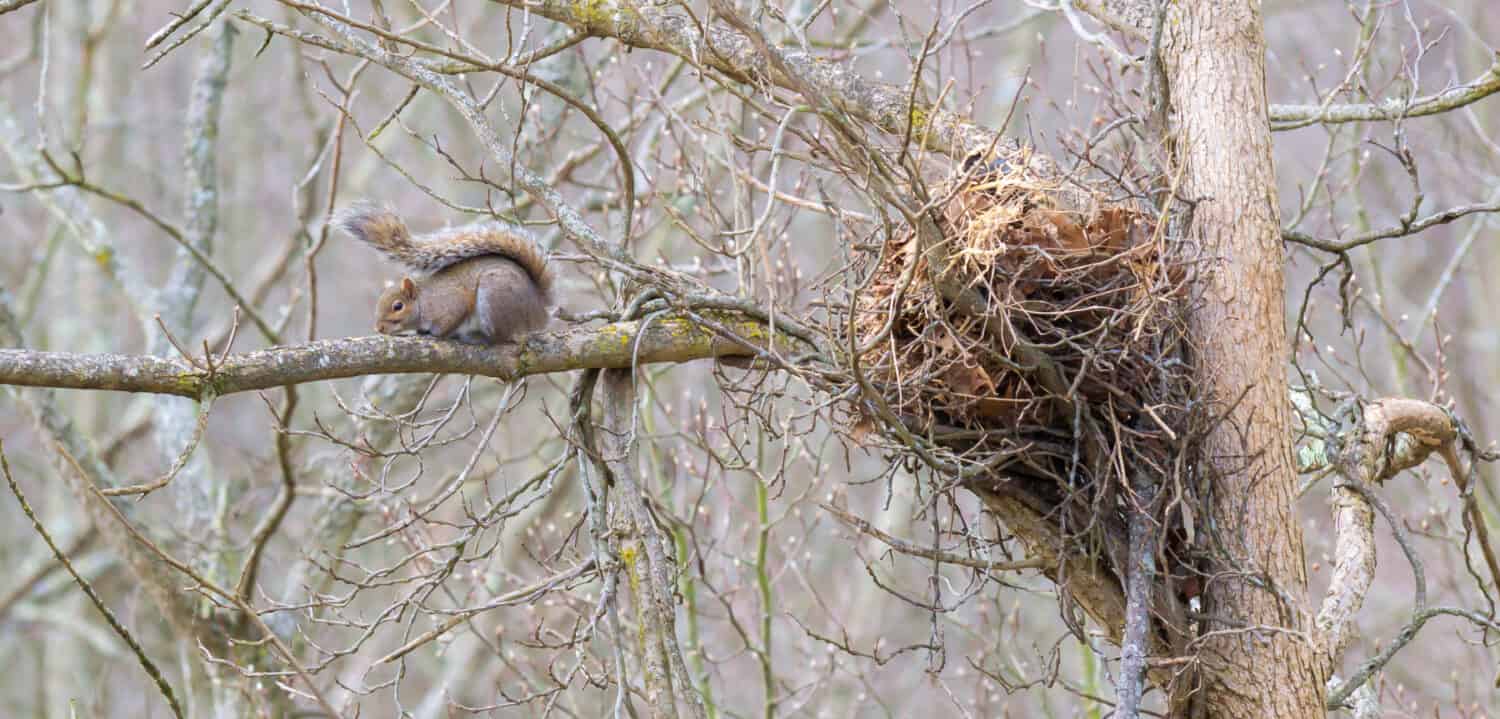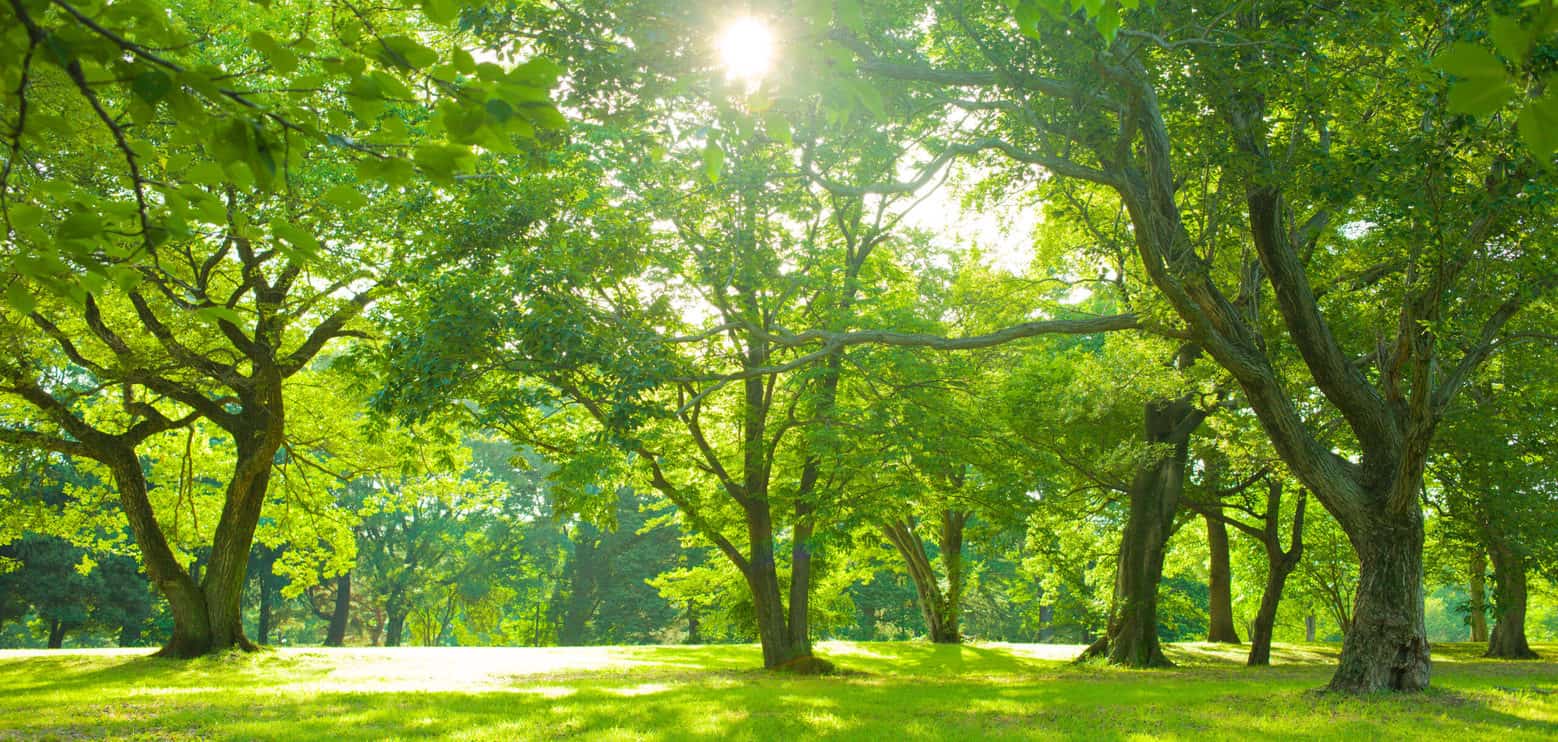Home>Gardening News and Trends>Latest News>Why Do Woodpeckers Peck At Trees
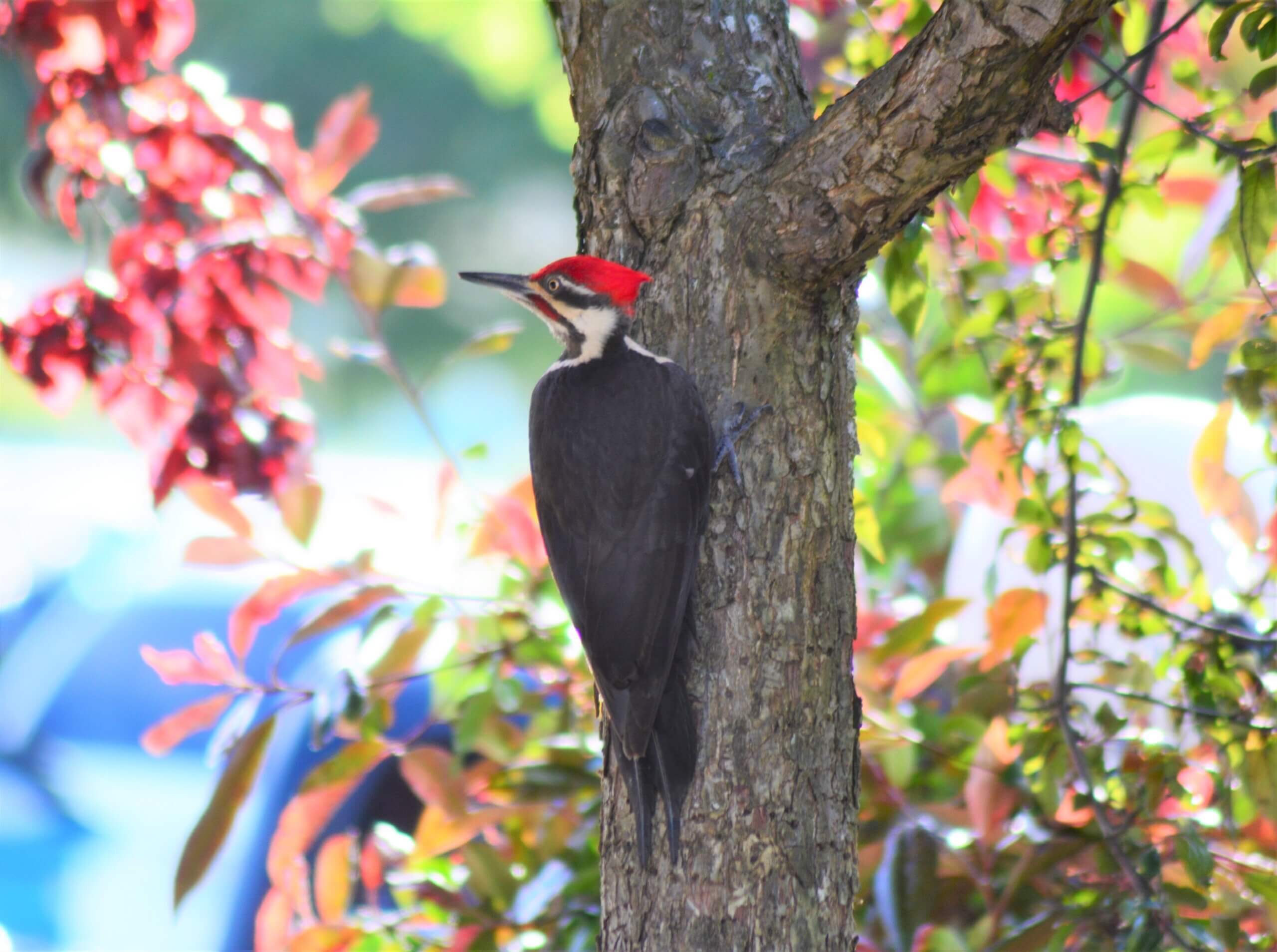

Latest News
Why Do Woodpeckers Peck At Trees
Published: November 8, 2023
Discover the latest news on why woodpeckers peck at trees. Unravel the fascinating behavior of these avian creatures and their unique ecological role.
(Many of the links in this article redirect to a specific reviewed product. Your purchase of these products through affiliate links helps to generate commission for Chicagolandgardening.com, at no extra cost. Learn more)
Table of Contents
Introduction
Woodpeckers are fascinating birds known for their unique behavior of pecking on trees. Their distinctive tapping sounds can often be heard in forests and woodlands. But have you ever wondered why woodpeckers engage in this behavior? In this article, we will explore the anatomy and adaptations of woodpeckers that enable them to peck at trees, as well as the various reasons behind this behavior.
Woodpeckers belong to the family Picidae, which includes over 200 species worldwide. These birds have evolved special adaptations that allow them to thrive in their environment. For example, their strong, chisel-shaped beaks and long, barbed tongues are essential tools for obtaining food and creating nesting cavities. Additionally, woodpeckers have unique skull structures that help protect their brains from the repeated impacts of their pecking behavior.
So, why do woodpeckers peck at trees in the first place? There are several reasons behind this behavior. One primary reason is to find food sources. Woodpeckers have a diverse diet that includes insects, larvae, ants, beetles, and other small creatures found within trees. By pecking at the bark, they expose hidden insects and extract them with their long, sticky tongues.
Woodpeckers also use their pecking behavior as a form of communication and to establish territories. The rhythmic drumming sounds they produce by rapidly pecking on resonant surfaces can be heard over long distances. This drumming serves as a way for woodpeckers to communicate with other members of their species and to warn potential intruders to stay away from their territory.
In addition to foraging and communication, woodpeckers peck at trees to create nesting cavities. These cavities serve as homes for raising their young and provide protection from predators and harsh weather conditions. Woodpeckers are meticulous in selecting and excavating nesting sites, often using their sharp beaks and strong neck muscles to chip away at the wood until a suitable cavity is created.
Lastly, woodpeckers may engage in pecking behavior as part of courtship displays. Males will often use rapid drumming to attract females during the breeding season. The strength and speed of their drumming can be an indication of their fitness, attracting potential mates and ensuring successful reproduction.
While woodpeckers’ pecking behavior may seem destructive to trees, they actually play a vital role in forest ecosystems. Their pecking can remove dead or decaying wood, which helps to prevent the spread of diseases and promotes new growth. However, excessive pecking by some species can sometimes cause damage to living trees, leading to concerns in certain situations.
Understanding the reasons behind woodpeckers’ pecking behavior is not only intriguing but can also aid in conservation efforts. By implementing management strategies that protect their habitats and manage potential conflicts between woodpeckers and human activities, we can ensure the continued survival of these remarkable birds.
Anatomy and Adaptations of Woodpeckers
Woodpeckers are highly specialized birds with unique anatomical features and adaptations that enable them to engage in their pecking behavior. These adaptations allow them to thrive in their habitat and perform tasks that other birds cannot.
One of the most notable features of woodpeckers is their strong, chisel-shaped beak. This beak is perfectly designed for the task of pecking into wood. It is long, sharp, and reinforced with hard keratin, making it capable of drilling into the toughest tree barks. Unlike other birds, woodpeckers have a relatively longer beak compared to their body size, giving them the leverage and precision they need to excavate their desired cavities.
In addition to their beaks, woodpeckers possess exceptionally strong neck muscles. These muscles allow them to deliver powerful blows without injuring themselves. The force generated by their rapid pecking can be as much as 1000 times the force of gravity. To further protect their brains from the impact, woodpeckers have a specialized skull structure. Their skull is thicker and more compact than that of other birds, acting as a shock absorber to minimize the risk of brain damage.
Another adaptation unique to woodpeckers is their long, barbed tongue. These tongues extend deep into crevices or burrows created during their pecking. The barbs on their tongues help to secure prey, such as insects and larvae, allowing them to extract their food with ease. Woodpeckers are opportunistic feeders, and their long tongues enable them to reach and capture hidden insects that other birds cannot access.
Woodpeckers also have zygodactyl feet, which means that their toes are arranged in pairs, with two toes facing forward and two facing backward. This foot structure gives them a firm grip on trees, allowing them to cling vertically to the bark while they peck. Their stiff tail feathers serve as a support base, enabling them to maintain balance and stability during their drilling action.
All these anatomical features and adaptations work together to make woodpeckers highly effective in their pecking behavior. They have evolved over time to become specialized for this purpose, allowing them to exploit resources and habitats that other birds cannot access. Understanding these adaptations is crucial for appreciating the remarkable abilities of woodpeckers and the unique role they play in our ecosystems.
Reasons for Woodpecker Pecking Behavior
The distinctive pecking behavior of woodpeckers serves several important purposes in their lives. By understanding these reasons, we can gain insight into the fascinating behaviors and ecological significance of these birds.
Finding Food Sources: One primary reason for woodpecker pecking is to locate and extract food. Woodpeckers have a varied diet that mainly consists of insects, larvae, ants, beetles, and other small creatures found within trees. Their sharp beaks allow them to chisel through the bark and expose hidden insects. Once the insects are exposed, woodpeckers use their long, sticky tongues to capture and consume them.
Communicating and Establishing Territories: Woodpeckers use their pecking behavior as a form of communication with other members of their species. The rhythmic drumming sounds produced by rapid pecking can be heard over long distances, serving as territorial signals and warnings to potential intruders. By establishing their territories, woodpeckers can ensure access to food resources and breeding areas.
Creating Nesting Cavities: Woodpeckers are cavity nesters, meaning they create their own nesting holes for raising their young. Pecking at the tree trunk or branch allows them to excavate a suitable nesting cavity. The cavities serve as a sheltered space to protect their eggs and nestlings from predators, harsh weather conditions, and competition from other birds.
Drumming and Attracting Mates: Woodpeckers use their pecking behavior to attract mates during the breeding season. The drumming sounds produced by rapid pecking serve as a courtship display, indicating the male’s fitness and territory ownership. The strength and speed of the drumming can be an important factor for females in choosing a mate.
While these reasons explain the majority of woodpecker pecking behavior, it’s important to note that each species of woodpecker may have slightly different motivations and variations in their pecking behavior. Some species may have specialized adaptations for specific feeding or nesting behaviors, leading to variations in pecking patterns and techniques.
Overall, the pecking behavior of woodpeckers is multifaceted and serves various important functions in their lives. By pecking, they find food, establish territories, create nesting habitats, and communicate with each other. It’s a remarkable behavior that showcases the resourcefulness and adaptability of these incredible birds in their natural environments.
Finding Food Sources
One of the primary reasons why woodpeckers engage in their distinctive pecking behavior is to find and extract food from trees. Woodpeckers have a diverse diet that consists mainly of insects, larvae, ants, beetles, and other small creatures found within the bark of trees.
Woodpeckers have evolved specialized adaptations that enable them to access and exploit these hidden food sources. Their strong, chisel-shaped beaks allow them to chisel into the bark of trees, exposing hidden insects that are inaccessible to other birds. The beak acts as a powerful tool, easily penetrating the tough bark and reaching the insects within.
Once the insects are exposed, woodpeckers use their long, sticky tongues to capture and consume their prey. The tongue extends deep into crevices or burrows created during their pecking, allowing them to extract insects with precision. The barbs on their tongues help to secure the prey, ensuring that it doesn’t escape.
Woodpeckers are opportunistic feeders, adapting their diet according to the available food sources. They will also consume fruits, nuts, and seeds when insects are scarce. This flexibility in their diet allows them to survive in various habitats and seasons.
Woodpeckers’ ability to find hidden insects within trees is not only impressive, but it also serves an important ecological role. By preying on insects, they help regulate insect populations, preventing infestations that can harm trees. They contribute to the overall health of forests and woodlands by mitigating the impact of destructive pests.
Their pecking behavior is not purely random, as woodpeckers have developed strategies to locate the most fruitful areas for foraging. They may listen for sounds made by insects beneath the bark, allowing them to pinpoint the precise location of their prey. Woodpeckers may also rely on visual cues, such as distinctive patterns on tree bark that indicate the presence of insects.
Overall, the pecking behavior of woodpeckers is a highly effective adaptation for finding food sources. Their strong beaks, long tongues, and keen senses allow them to access and extract insects that would otherwise remain hidden. By actively searching for and consuming insects, woodpeckers play an important role in maintaining the balance of ecosystems and the overall health of forests.
Communicating and Establishing Territories
Woodpeckers are known for their distinctive drumming sounds, which are an essential part of their communication and territorial behavior. The pecking behavior of woodpeckers serves as a unique form of communication with other members of their species and plays a crucial role in establishing and defending their territories.
Woodpeckers produce rhythmic drumming sounds by rapidly pecking on resonant surfaces, such as tree trunks or branches. These drumming sounds can be heard over long distances, serving as territorial signals and warnings to other woodpeckers.
One of the main reasons for this communication is to establish and defend territories. Woodpeckers are highly territorial birds, with each individual or pair defending a specific area that contains essential resources, including food and suitable nesting sites.
By drumming, woodpeckers can communicate the boundaries of their territory to other woodpeckers. The strength, speed, and duration of the drumming can convey information about the individual’s size, strength, and dominance. This information helps to deter potential intruders and reduce conflicts between neighboring birds. In some cases, woodpeckers may engage in physical confrontations to defend their territories.
Woodpeckers also use drumming to attract mates during the breeding season. The drumming sounds produced by rapid pecking serve as a courtship display, indicating the male’s fitness and territory ownership. The female woodpeckers assess the quality of the drumming performance, which can influence their choice of a mate.
It is interesting to note that different woodpecker species have unique drumming patterns and rhythms, allowing them to distinguish between individuals of the same species and individuals of different species. This communication through drumming ensures that only woodpeckers of the same species can understand and respond to the territorial signals.
Woodpeckers will also engage in other vocalizations, such as calls and rattling sounds, to communicate with other members of their species. Different vocalizations have varying meanings, including alarm calls, mating calls, and territorial disputes.
The communication and territorial behavior of woodpeckers are crucial for species survival and successful breeding. By establishing and defending their territories, woodpeckers can secure essential resources for themselves and their offspring. Understanding and appreciating the unique communication methods of woodpeckers provides a deeper insight into their fascinating behavior and ecological importance.
Creating Nesting Cavities
Woodpeckers are well-known for their ability to create nesting cavities by pecking into trees. These cavities serve as crucial shelters for raising their young and provide protection from predators and harsh weather conditions.
Woodpeckers are categorized as cavity-nesting birds, meaning they rely on excavating their own nesting holes rather than using pre-existing cavities or nesting structures. The process of creating nesting cavities requires precision and specialized adaptations.
Woodpecker pairs begin their nesting process by selecting a suitable tree. They may choose a tree based on its size, age, and wood density, as these factors can affect the durability and stability of the cavity. Hardwood trees, such as oak or beech, are often preferred due to their strength and resistance to decay.
Once a tree is selected, the woodpecker starts pecking on the trunk or branch to create a cavity. The specialized adaptations of woodpeckers, including their strong beaks and sturdy neck muscles, enable them to chip away at the wood with precision and power. The pecking motion is rapid and controlled, allowing them to remove wood chips and create a hole gradually.
Woodpeckers often use their beaks in a chisel-like manner, repeatedly striking the same spot to create a clean and symmetrical cavity. They may also use their long tongues to probe and explore the inner layers of the wood, ensuring the cavity’s suitability for nesting.
As the cavity takes shape, woodpeckers may remove the wood chips and chewed fragments from the hole to prevent them from accumulating inside. This helps to keep the nesting cavity clean and prevents the accumulation of debris that could attract predators or compromise the structural integrity of the cavity.
The size of the cavity varies depending on the woodpecker species. Some species create relatively shallow cavities, while others can create deeper and larger holes. The size and shape of the entrance hole are also species-specific and designed to accommodate the particular needs of each woodpecker species.
Woodpeckers invest significant time and effort in creating nesting cavities, as these structures not only provide protection but also influence the success of their breeding efforts. By creating their own cavities, woodpeckers can customize the size, location, and orientation of the nesting site, ensuring it meets their specific requirements.
Once the nesting cavity is complete, the female woodpecker lays her eggs inside. Both parents take turns incubating the eggs and caring for the hatchlings. The sturdiness and insulation provided by the nesting cavity help safeguard the eggs and nestlings, reducing the risks posed by predators and adverse weather conditions.
By creating nesting cavities, woodpeckers contribute to the diversity and abundance of cavities available for other bird species. Once the woodpeckers abandon their cavities, other cavity-nesting species, such as owls, nuthatches, or small mammals like flying squirrels, may take advantage of the vacant nest sites.
The ability of woodpeckers to create nesting cavities is not only a fascinating behavior to witness, but it also plays a vital role in maintaining the biodiversity and ecological balance of forest ecosystems.
Drumming and Attracting Mates
Woodpeckers have a unique method of attracting mates: drumming. The rhythmic drumming sounds produced by their rapid pecking serve as courtship displays, indicating their fitness and territorial ownership during the breeding season.
The drumming behavior of woodpeckers is a form of communication and can be heard over long distances. It is a distinctive sound that helps woodpeckers attract potential mates and establish their presence in a given area.
Males typically initiate drumming to advertise their availability and claim their territory. The strength, speed, and duration of the drumming can convey information about the male’s size, strength, and dominance, serving as signals to potential mates. Females often assess the quality of the drumming performance to evaluate the suitability of the male as a potential mate.
Woodpecker drumming may vary in patterns and rhythms among different species. Each woodpecker species has its own unique drumming style, distinguishable by the number of beats, speed, and duration of the drumming sequence. This variation allows woodpeckers to differentiate between individuals of the same species and individuals of different species.
Males actively drum on resonant surfaces such as hollow trees, metal structures, or even utility poles. These surfaces amplify the sound, making the drumming more audible to potential mates and rivals. The hollow sound produced by drumming resonates through the habitat, effectively advertising the male’s presence and territorial boundaries.
Woodpecker drumming is not limited to attracting mates. It also serves other purposes such as communication between individuals of the same species and territorial defense. For example, woodpeckers may use drumming as a warning signal to deter potential intruders from entering their territory.
Drumming serves as an important factor in woodpecker biology, influencing breeding success and mate choice. Females are more likely to be attracted to males with strong and consistent drumming patterns, as it indicates good health, vigor, and the ability to secure resources for their offspring.
Woodpecker drumming is a fascinating behavior that showcases the intricate courtship rituals and communication strategies of these birds. Observing their rhythmic drumming displays and understanding the nuanced variations in their drumming patterns provides valuable insights into the complex social dynamics and reproductive strategies of woodpecker species.
Impact of Woodpecker Pecking on Trees
The pecking behavior of woodpeckers may raise concerns about its impact on trees. However, it is important to understand that woodpeckers play a vital role in ecosystem dynamics, and their pecking behavior can have both positive and negative effects on trees.
Woodpeckers primarily focus their pecking on dead or decaying trees. By removing the outer layers of bark, they expose hidden insects and larvae, which serve as a valuable food source for the woodpeckers. This pecking behavior not only provides a meal for the woodpeckers but also helps prevent the spread of tree diseases and pest infestations. By removing diseased or infested wood, woodpeckers contribute to the overall health of the forest ecosystem.
However, excessive pecking by some woodpecker species on live trees can cause damage. When woodpeckers repeatedly peck at the same area, they create holes that can weaken the tree’s structural integrity. This can make the tree susceptible to infections, fungal infestations, or water penetration, leaving it vulnerable to further damage and potentially compromising its long-term health.
Woodpecker holes can also provide entry points for other birds, insects, or animals, leading to further degradation of the tree. In some cases, woodpeckers may inadvertently excavate holes too close to the tree’s vital structures, such as major branches or the trunk, causing irreversible harm.
Tree species and their level of resistance to woodpecker pecking also play a role in determining the impact. Some tree species have developed thicker bark or other adaptations that better withstand woodpecker activity, while others may be more vulnerable.
Management strategies can help minimize potential negative impacts on live trees. Applying physical barriers or deterrents, such as wrapping trunks with mesh or reflective devices, can discourage woodpeckers from pecking at specific trees. Providing alternative food sources, such as bird feeders, can also divert woodpecker attention away from susceptible trees.
Monitoring woodpecker populations and their pecking behavior is essential for detecting any potential issues and implementing appropriate measures to mitigate damage. Forest managers and property owners should consider a balanced approach that maintains the ecological benefits of woodpeckers while taking measures to protect valuable trees.
Overall, woodpecker pecking can have a significant impact on trees, both positive and negative. While their feeding behavior helps control pests and promote forest health, excessive pecking can damage live trees. By understanding the ecological dynamics between woodpeckers and trees, we can find ways to strike a balance that preserves the benefits while minimizing any detrimental effects.
Conservation and Management Strategies
Conservation efforts and effective management strategies are crucial for ensuring the long-term survival of woodpecker populations and promoting their coexistence with human activities. By adopting measures that protect their habitats and minimize potential conflicts, we can help maintain healthy populations of these remarkable birds.
Habitat Protection: Preserving and protecting the natural habitats that woodpeckers rely on is essential for their conservation. This includes preserving forests, woodlands, and other suitable habitats that provide food sources, nesting sites, and foraging areas for woodpeckers. Implementing habitat conservation practices, such as promoting sustainable logging or establishing protected areas, can help safeguard critical habitats for these birds.
Education and Outreach: Raising awareness about the importance of woodpeckers and their role in ecosystems is key to their conservation. Education initiatives can help people understand the ecological significance of woodpeckers and the potential impacts of human activities on their populations and habitats. Engaging the public, landowners, and policymakers in conservation efforts can promote collaborative action to protect woodpeckers and their habitats.
Monitoring and Research: Regular monitoring and research efforts are essential for understanding woodpecker populations, their behaviors, and any potential threats they face. By collecting data on population sizes, breeding success rates, and habitat requirements, researchers can inform management decisions and conservation strategies. Monitoring also helps identify emerging issues and allows for prompt intervention if needed.
Conservation Partnerships: Collaboration among conservation organizations, landowners, government agencies, and researchers is crucial for effective woodpecker conservation. Building partnerships can facilitate the sharing of resources, expertise, and best practices in habitat management, research, and conservation planning. By working together, stakeholders can implement comprehensive conservation strategies that benefit woodpecker populations and their habitats.
Managing Human-Wildlife Conflict: Woodpeckers can sometimes come into conflict with human activities, such as when they peck at buildings or utility poles. Developing and implementing management strategies to address these conflicts is important. Solutions may include providing alternative pecking sites, physical deterrents, or modifying structures to minimize damage while still allowing woodpecker populations to thrive in suitable habitats.
Promoting Nest Box Programs: Installing nest boxes can provide supplemental nesting sites for woodpeckers and help offset the loss of natural cavity trees. Nest box programs can be implemented in areas where suitable nesting sites are limited or in urban environments where natural cavities may be scarce. These initiatives provide additional opportunities for woodpecker reproduction and contribute to their population conservation.
By combining habitat conservation, research, education, and proactive management strategies, we can ensure the continued survival and well-being of woodpecker populations. Balancing the needs of woodpeckers with human activities is essential for fostering coexistence and maintaining the ecological integrity of our natural environments.
Conclusion
Woodpeckers are fascinating birds with unique behaviors, including their distinctive pecking on trees. These behaviors are driven by their anatomy, adaptions, and various important motivations.
Woodpeckers’ strong, chisel-shaped beaks and specialized skull structures enable them to peck into trees with precision and power. Their long, barbed tongues allow them to extract hidden insects from the bark, providing a vital food source. The drumming sounds produced by woodpeckers serve as a form of communication, establishing territories, and attracting mates.
Woodpeckers create nesting cavities by pecking into trees, providing shelter for raising their young and benefiting other cavity-nesting species. However, excessive pecking on live trees can cause damage, which highlights the need for management strategies to balance their ecological benefits with potential negative impacts.
Conservation efforts and effective management strategies are crucial for the long-term survival of woodpeckers. Protecting their habitats, raising awareness, monitoring populations, and managing human-wildlife conflicts are key components of these efforts. Collaborative partnerships among conservation organizations, landowners, and researchers play a vital role in achieving successful woodpecker conservation.
Woodpeckers are an important part of ecosystems, contributing to pest control, cavity creation, and overall forest health. By understanding and appreciating their unique behaviors and ecological roles, we can work towards ensuring their conservation and promoting their coexistence with human activities.
Woodpeckers fascinate us with their pecking behavior, bringing life and vibrancy to forests and woodlands. Let’s continue to explore, protect, and appreciate these remarkable birds for generations to come.
